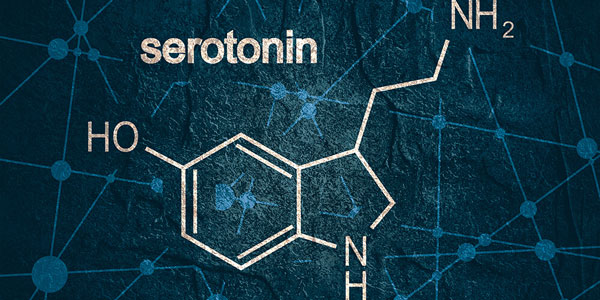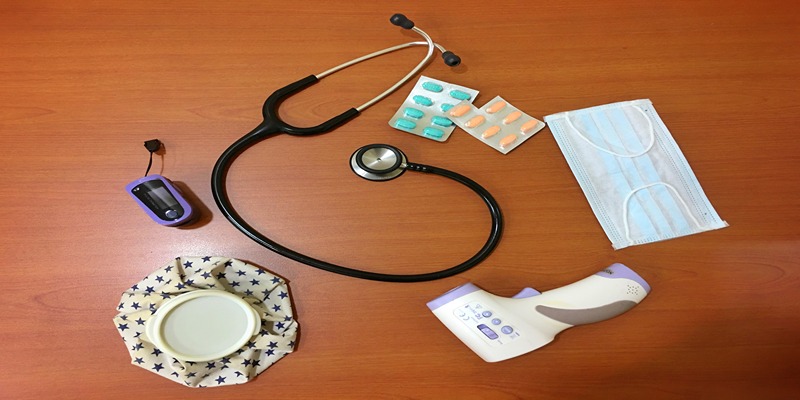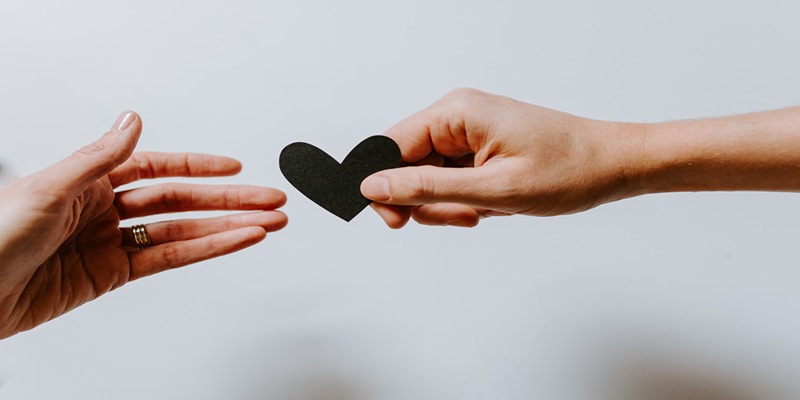The Importance of a Good Gym To ensure the protection of their members, fitness centers must have access to AEDs. Considering that intense exercise increases the danger of sudden cardiac arrest (SCA), it's clear how important it is to have a high-quality AED at your fitness center.
Every gym needs to have automated external defibrillators (AEDs) on hand. In the case of cardiac arrest, these devices have a 90% chance of averting death. Selecting an appropriate system is crucial for your company.
Whether or not it is required by law, every gym should have a defibrillator ready in an emergency. The absence of an automated external defibrillator (AED) on the premises may lead to avoidable fatalities. Let's discuss in detail What an AED is and how it may help prevent deaths in gyms.

What Is An AED Machine?
Computers are used in the medical equipment known as an automated external defibrillator (AED). Defibrillators are battery-operated medical devices that use adhesive pads to be placed on the chest and provide an electrical shock to the heart, restoring normal rhythm. Contracting and pumping heart muscle requires a normal, regular, or ordered electrical rhythm.
Ventricular tachycardia and ventricular fibrillation are arrhythmias that prevent the heart's pumping chambers from filling. When these conditions exist, the heart cannot contract and pump blood to the body, and the patient is in cardiac arrest.
Electric shocks interrupt abnormal cardiac rhythms, such as ventricular fibrillation and ventricular tachycardia, allowing the heart and blood vessels to return to normal. The terms cardioversion and defibrillation refer to the same process. You don't need to be an expert at recognizing abnormal heart rhythms to use an AED, as the device's pads have monitors to assess the heartbeat.
Additionally, it can inform the rescuer when a shock is required. The AED provides instructions via voice prompts, lights, and text messaging. AEDs are reliable and simple to operate. AEDs come in various makes and models, but they all function similarly.

How Does An AED Work?
A person having cardiac arrest can be revived back to a normal heart rhythm with an automated external defibrillator, a portable device that administers electrical energy to the heart. AEDs are intended to be used by anybody in an emergency. First aid, BLS, and CPR (cardiopulmonary resuscitation) education are frequently taught together.
Since the advent of the portable defibrillator in the 1960s, AEDs have gained widespread adoption and accessibility. Gyms, schools, airports, malls, government offices, and stores are common places to see them.
Defibrillators are most useful in cases of life-threatening ventricular tachycardia or ventricular fibrillation. When the ventricles contract excessively rapidly, the heart is said to be tachycardic. As a result, the heart's electrical activity may become disorganized, a condition known as ventricular fibrillation.
How an AED at the Gym Could Save Your Life?
There is a critical window of opportunity to respond to a cardiac arrest patient, between three and five minutes, during which failure to do so increases the risk of permanent brain damage or death. An automated external defibrillator (AED) can detect a person's heart rate and then administer a precise dose of electricity to halt the heart temporarily.
The patient's heart rate can be returned to a normal rhythm and maintained until medical help comes. Emergency responders rely on AEDs, although the devices were created with the intention that anybody could use them.
When it comes to fitness centers, automated external defibrillators (AEDs) are a need. In the case of a heart attack hours after exercise, an automated external defibrillator (AED) can be a lifesaver.
The Significance Of AED In Our Lives
We know that SCA may happen to anybody at any time; it has nothing to do with age, gender, or weight. Therefore, rescuing cardiac arrest outside a hospital ensures public health and saves lives. Both ventricular fibrillation and ventricular tachycardia are leading causes of sudden cardiac death.
A public AED is the only device to treat SCA victims with an electric shock effectively. AEDs serve a vital role in the survival chain recommended by the American Heart Association (AHA) because of their ability to provide first assistance in public settings.
According to the American Heart Association (AHA), 89.4% of all sudden cardiac deaths (SCDs) in 2018 happened outside medical facilities. Patients with abrupt cardiac arrest have a 7% to 10% chance of survival if they receive emergency care within the first few minutes, with potentially catastrophic outcomes such as brain damage or a persistent vegetative state if treatment is delayed for too long.
Choosing an AED for a Gym
Portability
Restoring normal heart rhythms as soon as possible after a cardiac incident is crucial. Get the AED out of its storage area and get across the building to the patient as soon as possible. That is why it is important to have a portable and long-lasting automated external defibrillator. The best versions to buy are ones that weigh less than 5 pounds and have survived many drops from a certain height.
Convenience of Use
Having an AED that is easy enough for any layman to operate is crucial since you never know who may be clocking in when an emergency occurs. Look for devices that provide CPR and defibrillation instructions in real-time, either visually or audibly. You should stick to models with one or two buttons at most.
Reasonable Costs
The cost of an AED should not be prohibitive for anyone. Most gyms have high operating costs due to upkeep, staffing, and exercise classes. You should not waste money on a defibrillator if it is not required.
Conclusion:
Heart disease is the major cause of sudden death after exercise in people. Care for your heart to lower your chance of cardiac arrest. Quitting smoking or never starting are two examples of heart-healthy actions. Although SCA can affect anybody, it seldom does.
Cardiac arrest during exercise is extremely unusual but does occur. An automated external defibrillator (AED) can save lives promptly during a cardiac arrest. AEDs include built-in instructions and audio prompts so that even unskilled bystanders may operate them.







